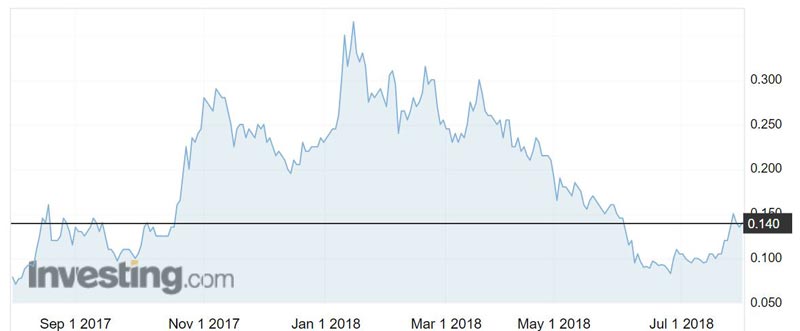AVZ confirms ‘world’s largest lithium deposit’ in maiden Congo resource

Pic: Getty
This is the moment investors have been waiting for: AVZ Minerals now has its first lithium resource.
The news initially sent shares up 11 per cent to an intra-day high of 15.5c. But they closed the day down 7 per cent at 13c.
The maiden resource for the Manono project in the Congo has come in at 259.9 million tonnes at a grade of 1.63 per cent containing 4.25 million tonnes of lithium oxide.
Anything above 1 per cent is considered economic in lithium mining.
“Manono is now confirmed as the world’s largest lithium deposit, with the second highest grade globally,” said AVZ’s managing director, Nigel Ferguson.
“This work clearly demonstrates that Manono will continue to grow and potentially become a world leading source of lithium.”
The resource “establishes Manono as the world’s largest hard rock spodumene deposit” the company said.
Spodumene is the main lithium bearing mineral mined from most hard rock lithium mines around the world.

And it covers only half of the target called “Roche Dure”, which AVZ said previously was one of the “longest pegmatite intercepts ever reported”.
Pegmatites are rocks formed from lava or magma that are the primary source of lithium.
Valuable tin
The resource also contains 219,000 tonnes of tin and 11,200 tonnes of tantalum.
“Additionally, there is considerable advantage in having a significant tin component which should help to reduce operating costs by providing a valuable by-product credit,” Mr Ferguson said.
- Subscribe to our daily newsletter
- Bookmark this link for small cap news
- Join our small cap Facebook group
- Follow us on Facebook or Twitter
In a past life Manono was a tin mine.
The mine, which is 60 per cent owned by AVZ, is located in the Katanga Tin Belt that stretches over 500km from near Kolwezi in the southwest to Kalemie in the northeast of the DRC.
Manono was mined for its tin content between 1919 and 1982, during which time a total of 100 million cubic metres of ore was processed to produce 185,000 tonnes of concentrate.
Tin has not been in the spotlight much, but there is now a renewed interest in the base metal, which was recently ranked as the metal most likely to be impacted by new technology.
It is primarily used as a solder component for electronic circuit boards and microchips — which accounts for about half of its global consumption.
While tin demand remains steady at the moment, the growing battery market and other new disruptive technologies are expected to drive an increase in demand for the commodity.
UNLOCK INSIGHTS
Discover the untold stories of emerging ASX stocks.
Daily news and expert analysis, it's free to subscribe.
By proceeding, you confirm you understand that we handle personal information in accordance with our Privacy Policy.








